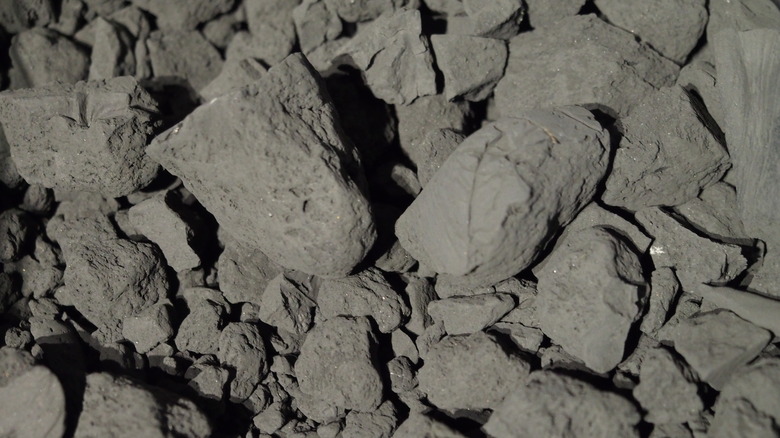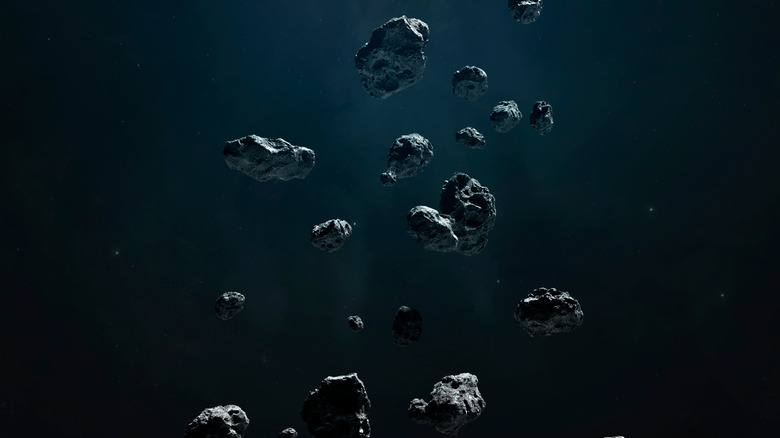The Asteroid That Could Unlock The Mysteries Of Our Early Solar System
On December 3, 2014, the Japanese spacecraft Hayabusa2 was launched and set out on a four-year journey to the asteroid Ryugu (162173), according to NASA. It was continuing the success of Hayabusa, its predecessor, that had successfully brought samples of a different asteroid back to Earth several years earlier. This new probe was charged with the same mission and remained with Ryugu from 2018 to 2019 as it collected surface materials before beginning its return voyage.
According to Inverse, the craft returned to Earth with a mere 5.4 grams worth of material, which is understandable given its small size and the weight constraints that come with spaceflight. However, this small sample has proven to be more than enough for scientists to work with. Subsequent study by two teams of scientists has revealed much about not only how surprisingly varied asteroid composition can be but what such findings mean in the study of the Solar System's formation (via Phys.org).
Ryugu likely is made of some of the Solar System's oldest material
Ryugu is unique in that it is composed primarily of carbon, and the sample is not only both more porous than anticipated but also reflects very little light (via Courthouse News). Such a physical makeup greatly contrasts with the silicate and metallic asteroids commonly found as fragments on Earth. Only five other asteroids similar to it are known to have impacted Earth, according to the Australian Broadcasting Corporation (ABC). Researchers believe that Ryugu is so brittle that, were it on a potential trajectory similar to other asteroids, it likely would not survive entering the planet's atmosphere (via EarthSky).
Scientists believe that Ryugu may have formed from a ring of carbon dust that surrounded the star after its explosive birth (via endgadget). Per LiveScience, the sample was found to be among the oldest materials in the Solar System. There is optimism that further analysis will likely shed light on how the primary element of which all life on Earth is made proliferated in those early years.

